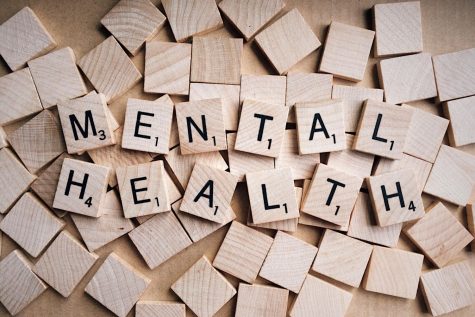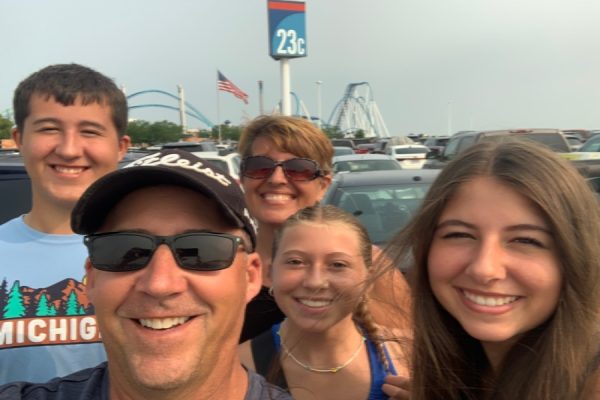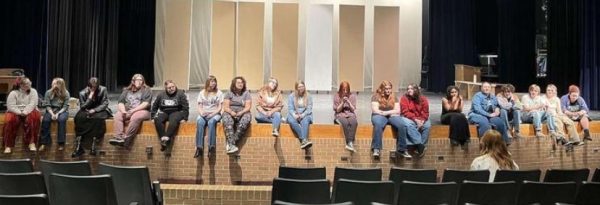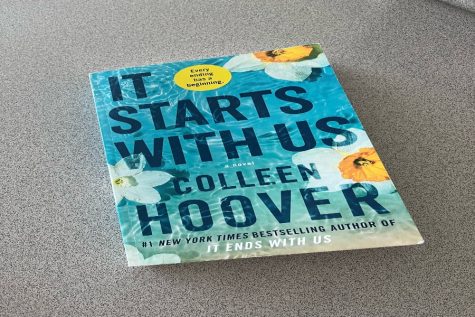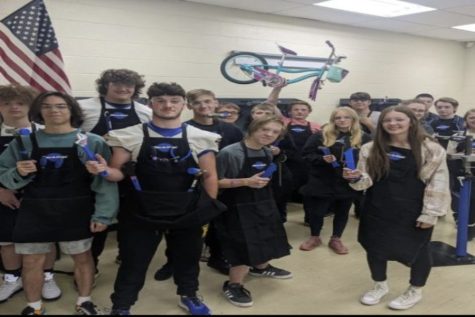I should feel safe going to school — I don’t
After the shooting at Marjory Stoneman Douglas High School in Parkland, Fla., on Wednesday, Feb. 14, I don’t feel safe going to school.
As school shootings become more common, I wonder each day if saying goodbye to my father in the morning could be the last time I speak to him.
Students should not have to wonder if when their parents put their children on the bus it could be the last time their parents could see them alive.
I am not afraid to say that, as a future parent, I am leaning more toward a home-school education for my children.
I don’t want to feel like my children could go to school and not come back, and no parent ever should have to feel that way.
In the last several days, I have heard countless students in the hallways and in social media posts mention their fears of a shooting here at Kearsley, a district where many of us have grown from children to the young adults we are now.
This disgusts me and, under no circumstances, should we have to feel this way.
On Tuesday, Feb. 20, Kearsley High School faced rumors of threats of violence.
While I was home sick, my sisters were inside the building.
I could not help but worry for the safety of my sisters, despite the fact that there was no credible threat — only rumors — as my friends sent countless photos and texts documenting the day.
While parents picked up their children from the building, policemen patrolled the school, and students took to social media to express their fears, my heart skipped a beat. What if something did happen?
Thankfully, nothing happened and the tension that built up throughout the school day was diffused when the district announced that investigations had turned up nothing.
We need to take action and fight against violence before something tragic does happen close to home.
Schools need to keep moving forward with safety procedures and make sure all doors are locked during school hours.
We need metal detectors at each entrance of schools in order to keep school employees aware of any danger.
Even though some people say this would take too long to get students through the doors in the morning, it would be worth it.
I would much rather spend time checking students over than worrying about students coming into the school with weapons.
Also, before guests are allowed into our schools they should be thoroughly background checked. Many students have guests come in for lunch, such as older romantic partners and friends, who are not parents.
I do not believe they should be allowed into the building until they have been screened for criminal activity, and I do not believe this is an invasion of privacy as it is to protect students.
If we go over each teacher, coach, and employee in schools with a fine-toothed comb background check, then we should do the same to every other person who wants to set foot on school grounds.
In regard to weapons, in my opinion, policemen, guards, and members of the armed forces should be the only people to own automatic and semi-automatic weapons.
By no means should civilians be able to purchase and own these types of weapons. Why does anyone who is not in the armed forces need an automatic weapon?
Some states require that gun owners take a hunter or gun safety course before owning a firearm. This is what all states should require, as not everyone is equipped to own firearms.
Schools should never be made to look or feel like prisons, but the violence in our country pushes us to make changes to increase the security in our schools.
Thankfully, with technological advances, we can find new ways to keep our country’s children safer in schools.
There are inventions, such as the JustinKase, a door locking device created by senior Justin Rivard, who attends Somerset High School in Somerset, Wisc.
Rivard came up with the idea for the device when a flaw in his school’s emergency protocol was discovered.
Often, teachers and students will barricade doors with tables and chairs. This can take up vital time in an active shooter situation.
In addition, if a door’s lock was disabled, the attacker could just move the obstacles out of the way.
The JustinKase is a device that slides underneath the door and prevents the door from opening.
According to CBS Minnesota, the JustinKase is made of two steel plates with handles with a rod and tube connecting two sides. A student or teacher would slide it under the door during an attack and slide the plates outward to both sides of the door.
The news article described the plates as fitting “around the door jams like a puzzle piece. When someone attempts to push open the door, the door pushes against the rod which then pushes down on the plates. Because the plates are locked into the door jams, they prevent the door from being opened even with immense pressure.”
Interviewed by CBS Minnesota, Rivard said, “This is the thing that can save thousands of lives if it’s used properly.”
The best thing about this device is that it runs for just $95. This would help schools to stay in their budgets as well as protect their students.
As a student myself, I hope that our schools can invest in such devices and that we never have to use them.
However, we can never be too careful when it comes to protecting students — we are the nation’s future.

Birthday: May 11, 2000
Extracurricular activities: Newspaper
Hobbies: Playing violin, hanging with her friends and boyfriend, and horseback riding.
...





